Note that you are only cleaning the external area of a vulva to remove any poop. You can smell or see your baby's pee or poop. Choose convenient diaper changing areas based on where your family spends the most time. Create an account. Store diaper cream or petroleum jelly. Place the dirty diaper and any dirty cloth wipes into a diaper pail or hanging wet bag. Peltier Dr. Once your hand is in place, open up a diaper and lay the back half of it, with the tabs out, underneath the baby. You can also carefully lay the baby down on a paper mat on the carpet, or other soft space. The rash may even look puffy and feel warm to the touch.
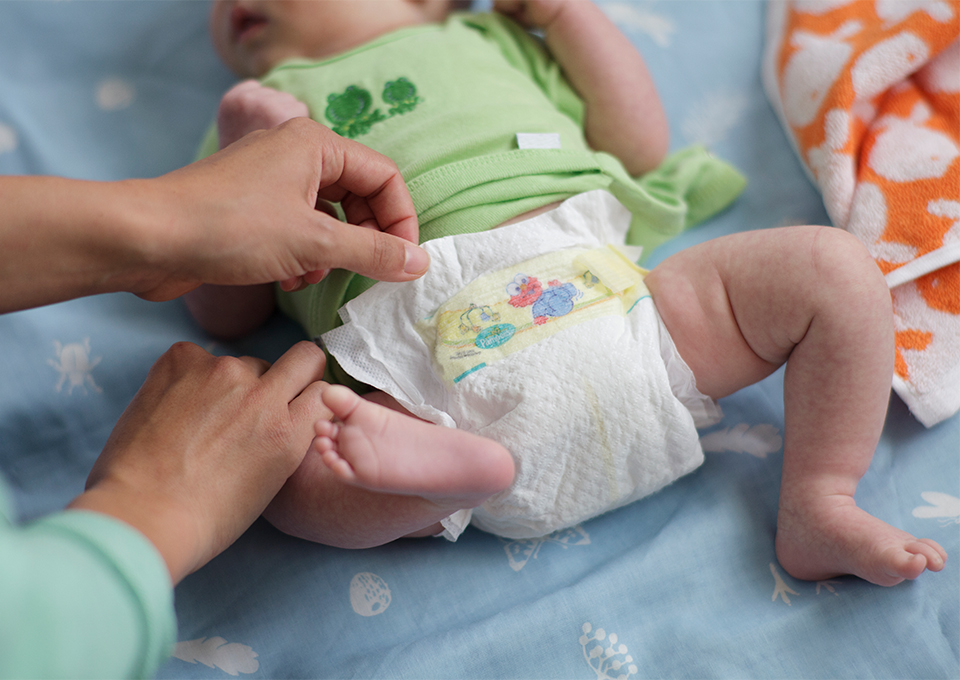

Once the diaper area is clean, slip the soiled diaper out and put a fresh one under baby before releasing his legs. When your child has diaper rash, change their diaper more frequently than usual. When Do Babies Start Laughing? Don't fasten the diaper too tightly. Keep the diaper bag in the changing area so you can stock it and then grab the bag when you need to leave the house. Remember that in the beginning, your newborn will need about 10 diaper changes a day. Not Helpful 5 Helpful
Four Pre-Diaper-Change Tips
To be fully prepared, make sure your diaper bag is always fully stocked. Once your hand is in place, open up a diaper and lay the back half of it, with the tabs out, underneath the baby. Check out the diaper size and weight chart to learn which diaper fits best for your little one. Pat your baby dry before putting on the clean diaper or any diaper rash creams. This fragrance-free cream promotes skin recovery and soothes irritated skin by leaving a protective film. Then place your baby down onto the diaper and pull the front of the diaper up between his legs, and place it on his belly. At the very least you'll need a few wet rags or wash cloths, a new diaper, and a spare change of baby clothes. View more posts tagged, baby care. For example, if you're using disposable diapers, set up a trash can or odor-sealing canister. While you'll see many colors, consistencies, and textures in your baby's diaper in the early days—from sticky, dark black-green meconium to softer yellow or brown milk or formula stools—you may also discover things you weren't expecting. Only have a few wipes left for your baby? Related Articles. What if your baby is sleeping? Unscented or water wipes, or clean cotton balls, water and washcloths. Continue Shopping.
How to Change a Baby’s Diaper
- Have never changed a diaper yet?
- Cleaning is important to prevent bacterial infections.
- Got that figured out?
- New York: Bantam Books,
- Use profiles to select personalised content.
Along with feeding and bathing your newborn, changing their diaper is a task you'll be faced with quickly—and often—as a new parent. Though it may seem a little daunting at first, learning how to change a diaper will become second nature with practice. And your baby will give you plenty of that: Infants typically go through eight to 10 diapers a day, adding up to more than 3, diaper changes until they are toilet trained. Learn the most efficient way to get your baby from a dirty diaper into a clean one, as well as some pointers to make the process easier for both you and your little one. Before beginning, make sure everything you need is handy. Here is a checklist:. Many people use baby wipes to clean the diaper area. However, a newborn's skin is quite sensitive. Using warm water and a cloth or cotton balls during the first few weeks of life can help prevent skin irritation. Buying wipes that are pre-moistened with water is another option. Traditional baby wipes, especially those containing alcohol, can cause rashes and irritation until children are about 2 months old. Options for places to change a baby include a changing table or a changing pad on the floor, bed, or couch. If you are using a changing table, use the safety straps and follow the pad's instructions for anchoring it to the table. Make sure your changing table is concave in the center with the sides higher than the middle or put a changing pad on the table. This can help prevent falls due to the baby rolling off the table, which can cause a serious injury. While a newborn won't move much, they will know how to roll over by 4 months of age. And a baby of any age can potentially get their body in motion and fall. Practicing safety from the start is a smart idea before your little one is on the move.
Because babies need to be changed so often in the first few months times a day! What if your baby is sleeping? What are the rules? In general, newborn babies need to be changed every hours. With pee, things can get a little murkier. Sitting in a soggy diaper for too long can exacerbate diaper rashes. Change pampers do diapers when you notice them, and try to avoid going for longer than three hours in between changes. At night? But perhaps even more importantly, change of pampers, your change of pampers functioning will only improve with more sleep.
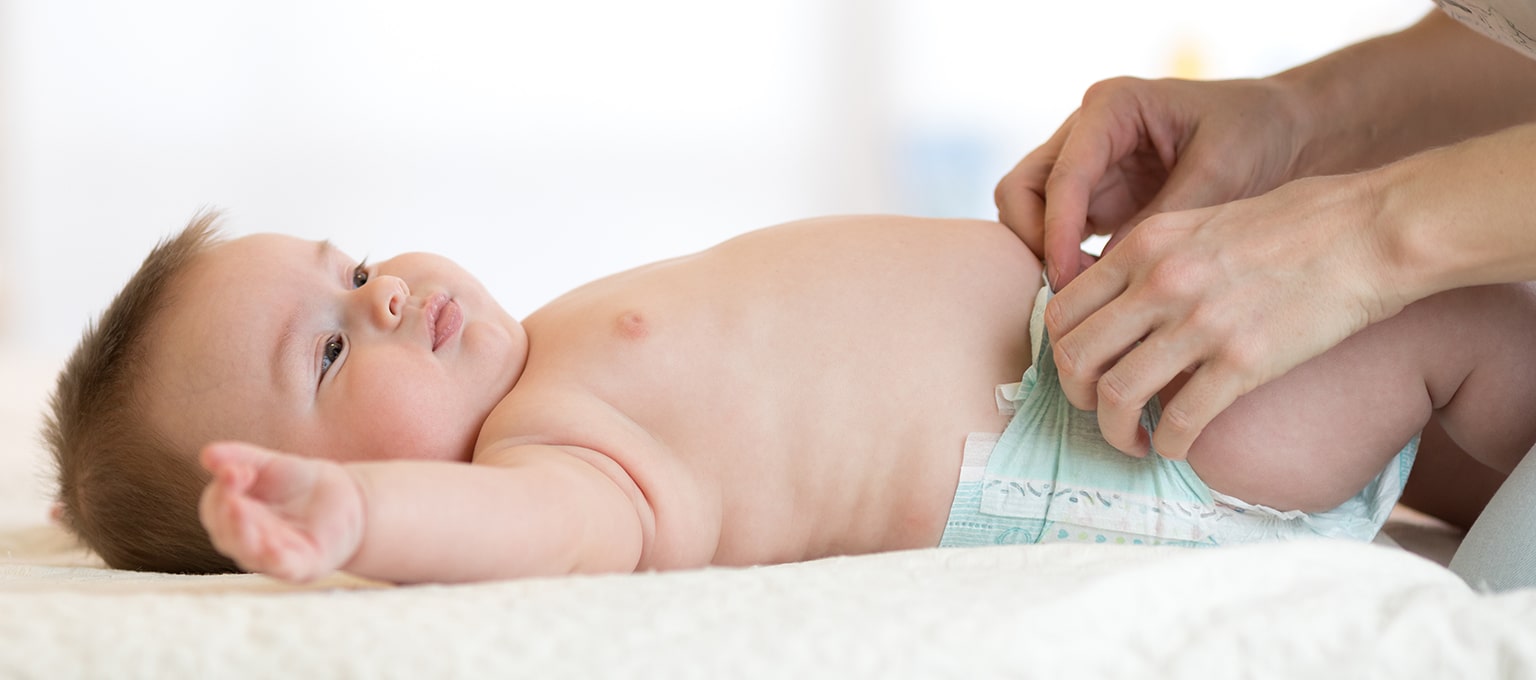
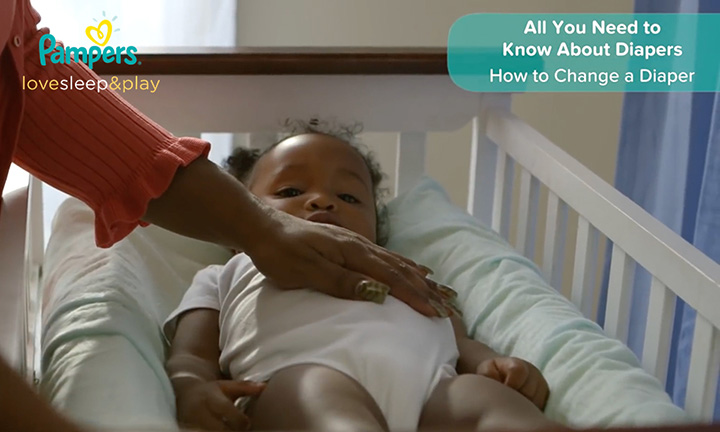
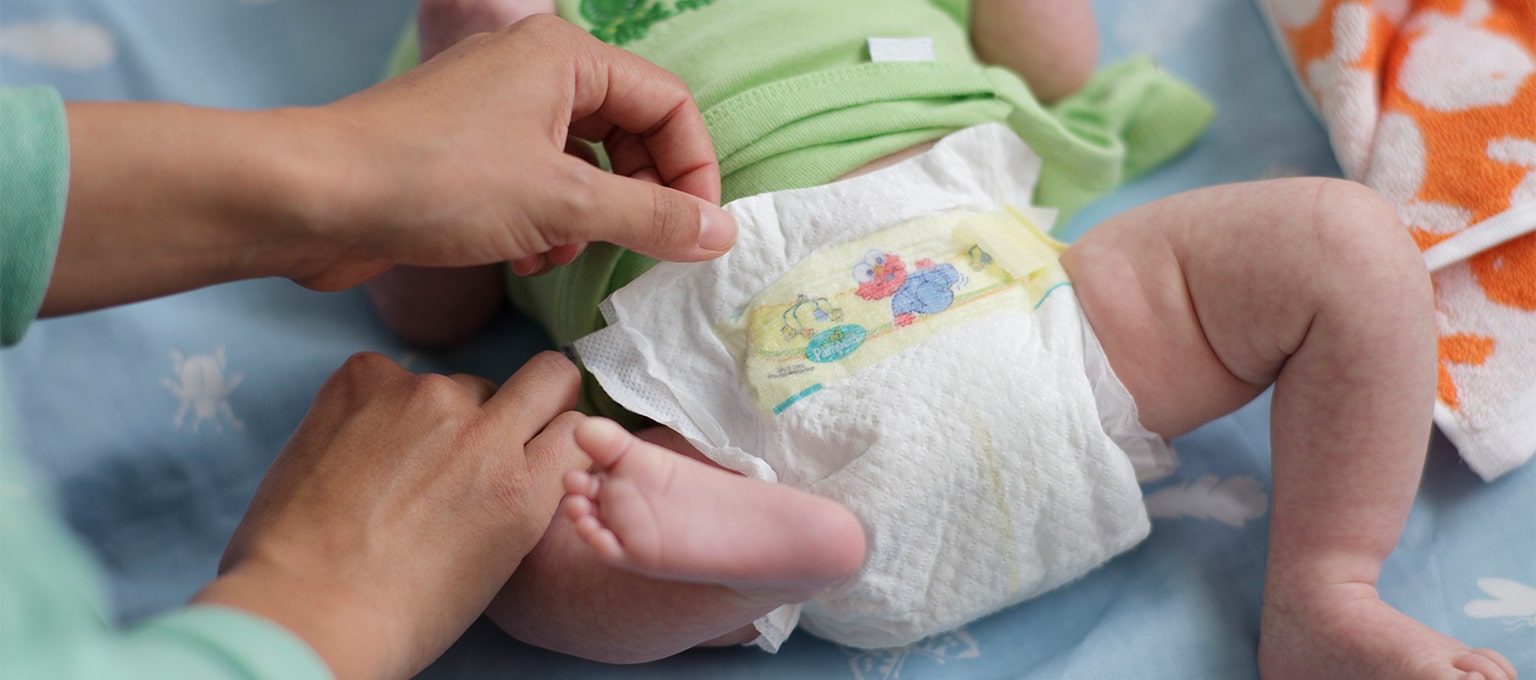
Change of pampers. How to Change a Baby’s Diaper
Changing a dirty diaper can be one of the most daunting challenges that new parents have to deal with. This is an important question that a lot of parents ask change of pampers. Table Of Contents. Change of pampers, if your nose detects evidence of a poopy diaper, change it as soon as you can. Spending too long in a soiled diaper will also make your child more susceptible to a bladder infection or yeast infection. What about diaper changing at nighttime? Make sure you put your baby to bed in a clean diaper to start them off on the right foot. Your goal is to get the job done and get everyone back to sleep! You can prepare for nighttime diaper changes by dressing your little one in pajamas that give you easy access to their diaper and make the changing process go more smoothly. If you wait to change their diaper until after you feed them, you might risk waking change of pampers baby up, which is exactly not what you want to do at that point! First and foremost, change of pampers, this will allow you to keep your focus on your newborn. You should never turn your back on your baby or lose contact just to retrieve a fresh diaper or a tube of cream, change of pampers. It only takes a second for an accident to happen. Having all your supplies — clean diapers, wipescreams — close at hand can also make the process go much faster.
Top Stories
We believe you should always know the source of the information you're reading. Learn more about our editorial and medical review policies. May 12, Latest update: Updates throughout to expert sources, text, guidelines and formatting. While the frequent diaper changes may not be your favorite part of the parent job, they're still part of the baby care package. And it's important for baby too, since changing a diaper whenever it's wet or messy helps prevent irritation and diaper rash. Here's everything new parents need to know about changing baby's diapers, including how to make the process as easy as possible.
Close the wings of the diaper, and seal the tapes so that they are symmetrical. If you're using cloth diapersyou'll want these on hand. Try putting the diaper on backwards change of pampers the adhesive tabs on the back.
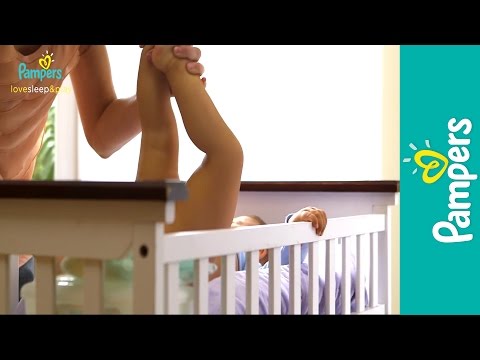
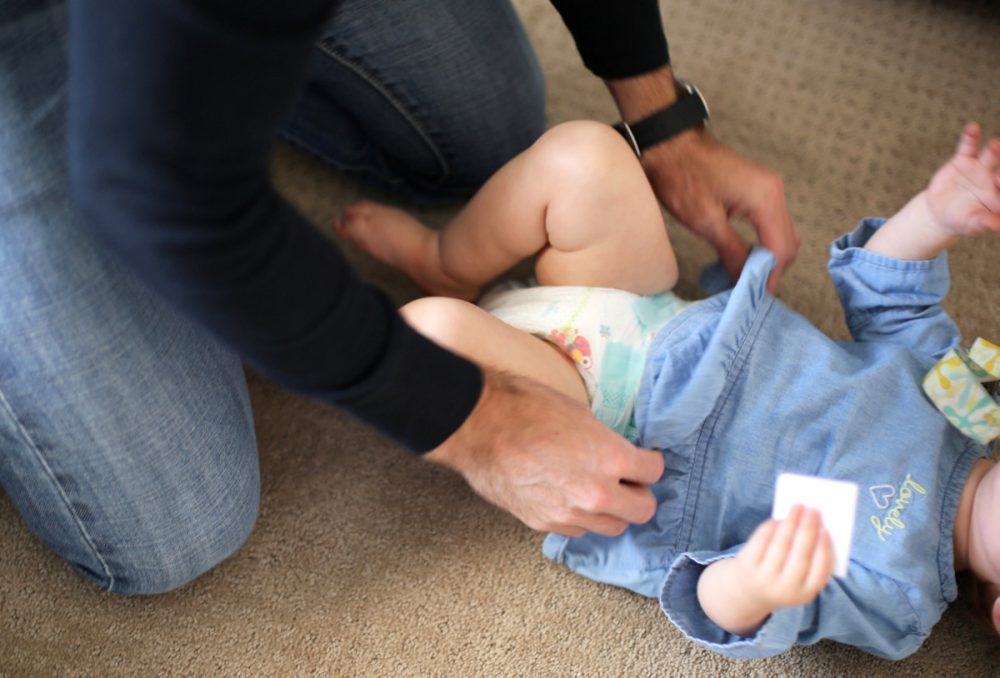
You have hit the mark. In it something is and it is good idea. I support you.
Big to you thanks for the necessary information.
It is a pity, that now I can not express - there is no free time. I will be released - I will necessarily express the opinion on this question.